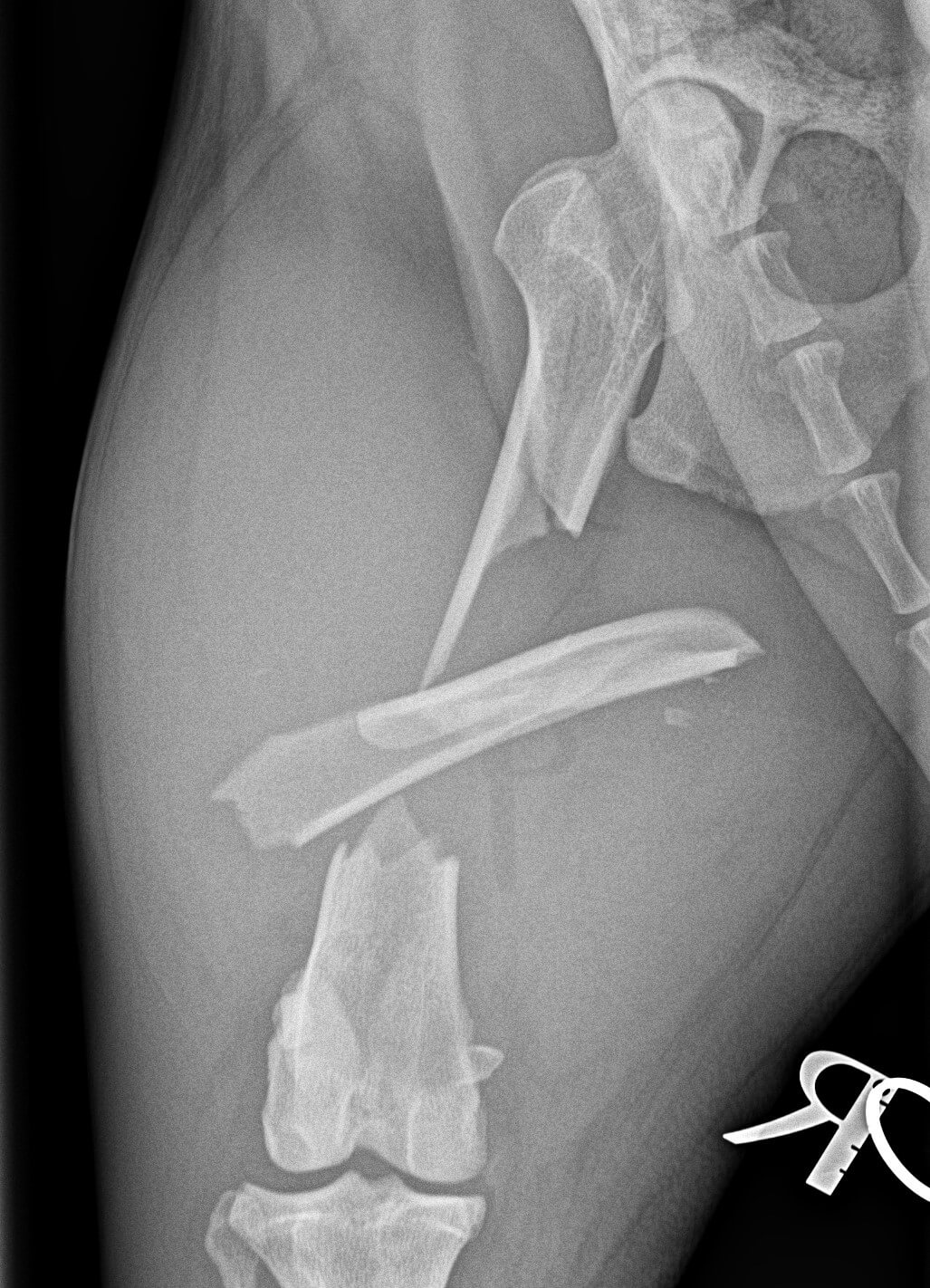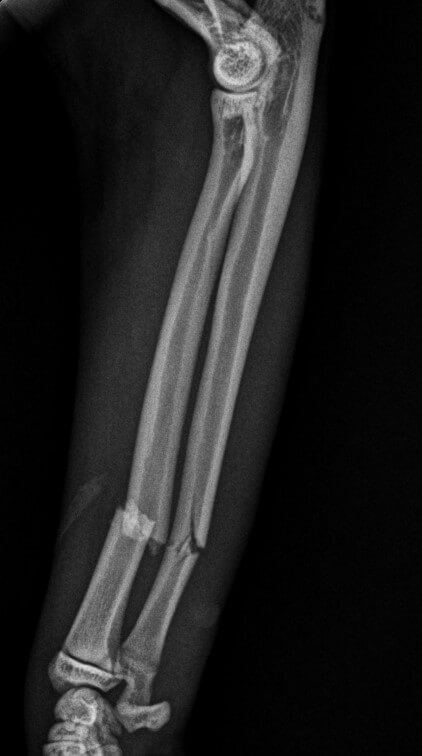Dr. Phil Zeltzman’s Blog
Will my pet be normal after surgery?

This is a surprisingly common question from clients.
I will explain my standard answer, then share answers from a few surgeon colleagues when they get the same question from their own clients.
My answer
I typically provide 3 answers:
1. “I’m not a magician, I can’t promise you normal.”
I also typically say: “I can’t promise you your dog will be the agility champion of the universe.”
The goal is to end up with a pet who is comfortable, happy, and able to have normal activities. For a family pet, this includes: running after a ball, jumping on the couch, sleeping on the windowsill, jogging around the block, playing with kids and other pets, etc.
Anything above that is icing on the cake.
Now, we also work on sporting dogs, who need to do much more for a living: police dogs, search and rescue dogs, hunting dogs etc.
In such cases, although I never promise the moon, we mostly need to modify the rehab portion of the postop care for orthopedic patients to get them back to peak performance.
Athletes clearly near more rehab than family pets.

2. “I’m responsible for 10% of the outcome”
Now, of course, the answer greatly depends on the diagnosis.
The outcome of surgery for aggressive cancer in a 15 year old cat, cannot possibly be the same as the outcome of a fracture repair in a healthy 6 month old pup.
Then I explain, tongue in cheek: “I’m responsible for 10% of the outcome of surgery. You’re responsible for 90% of it.”
Why? Isn’t the surgeon entirely responsible for the outcome of their surgery?
I wish it were that simple.
In a straight-forward case, like ACL surgery or a simple fracture repair, I know exactly what is going to happen in surgery and I can pretty much predict the end-result, from the moment the patient walks in the clinic, to the moment they go home.
However…
3. “I cannot control what happens at home”
Before surgery, we explain, at length, how strict the postop care needs to be.
We explain the importance of keeping the plastic cone on at all times to prevent licking and chewing the incision, and to avoid opening it up, or causing an infection.
We explain the importance of keeping the pet strictly confined, locked up in a small area.
Dogs should always be on a short leash, for a few minutes, to eliminate outside.
In some patients, especially fractures in young pets and after FHO surgery for hip issues in cats and dogs, we insist on the vital importance of physical therapy.
But it doesn’t mean that all of the instructions are followed.
As I always say, “Pets are pets and people are people.”
Now, fortunately, the vast majority of clients are incredibly dedicated and follow the instructions.
And they are typically rewarded with a great outcome.

My hope
In a straight-forward case, like ACL surgery or a simple fracture repair, my expectation is that 95% of my patients should get to 95% of normal.
Why not 100%?
For the reason explained above. I can’t control what happens at home.
When I feel that the pet owner has a good sense of humor, I also say: “I get the easy part: the surgery. You get the hard part: the recovery at home.”
To get a better idea of what surgeon colleagues tell their clients, I asked a few friends how they answer that question: “Will my pet be normal after surgery?”
Answer from a surgeon in New York
Dr. Kathy Collins, a board-certified traveling surgeon serving western New York State, tells her clients:
“I can’t make your pet normal, but I can make them much better. How much better depends in part on how well you do your tasks at home: rest and rehab. My job is the technical part. Yours is the hard part.”
Answer from a surgeon in Oklahoma
Another surgeon tells his clients: “As a medical professional, I can’t use words such as “normal,” “cure” or anything that implies a guarantee.
To the human eye, most patients may appear normal after a few months. But I can tell you as someone who has had ACL surgery before, I still have some bad days even 5 years later.
Can I make a patient as normal as before the injury? No.
But I can offer less pain. I would choose that for my own pet over and over again.”
Answer from a surgeon in Florida
Dr. Rob Fernand, a traveling surgeon based in Plantation, FL, tells his clients:
“After a fracture repair or a torn ACL, a pet will never be normal again. Our goal is to get them to run and jump and play as if nothing ever happened. But they may have good days and bad days.
After ACL surgery specifically, he says: “95% of the time you shouldn’t see them slow down or limp. But the other 5% is when you may see some stiffness in the morning or after a long day in the park. They will never have a “normal” knee again.”
See a trend here? We basically say the same thing!
I should also mention that we still can help these pets long-term. Depending on the situation, we can provide life-long arthritis supplements, and we can use pain medications when they have a bad day.
So the good news is that if the surgeon does their job, and the pet owners follow instructions, and the pet behaves at home, we pretty much all expect that 95% of patients should get to 95% of normal.
If they are better than that, then maybe you should send some chocolates & Champagne to your surgeons and their nurses!
If you would like to learn how we can help your pet with safe surgery and anesthesia, please contact us through www.DrPhilZeltzman.com
Never miss a blog by subscribing here: www.DrPhilZeltzman.com/blog
Phil Zeltzman, DVM, DACVS, CVJ, Fear Free Certified

Dr. Phil Zeltzman is a traveling veterinary surgeon in Pennsylvania & New Jersey. An award-winning author, he loves to share his adventures in practice along with information about vet medicine and surgery that can really help your pets. Dr. Zeltzman specializes in orthopedic, neurologic, cancer, and soft tissue surgeries for dogs, cats, and small exotics. By working with local family vets, he offers the best surgical care, safest anesthesia, and utmost pain management to all his patients. Sign up to get an email when he updates his blog, and follow him on Facebook, too!

